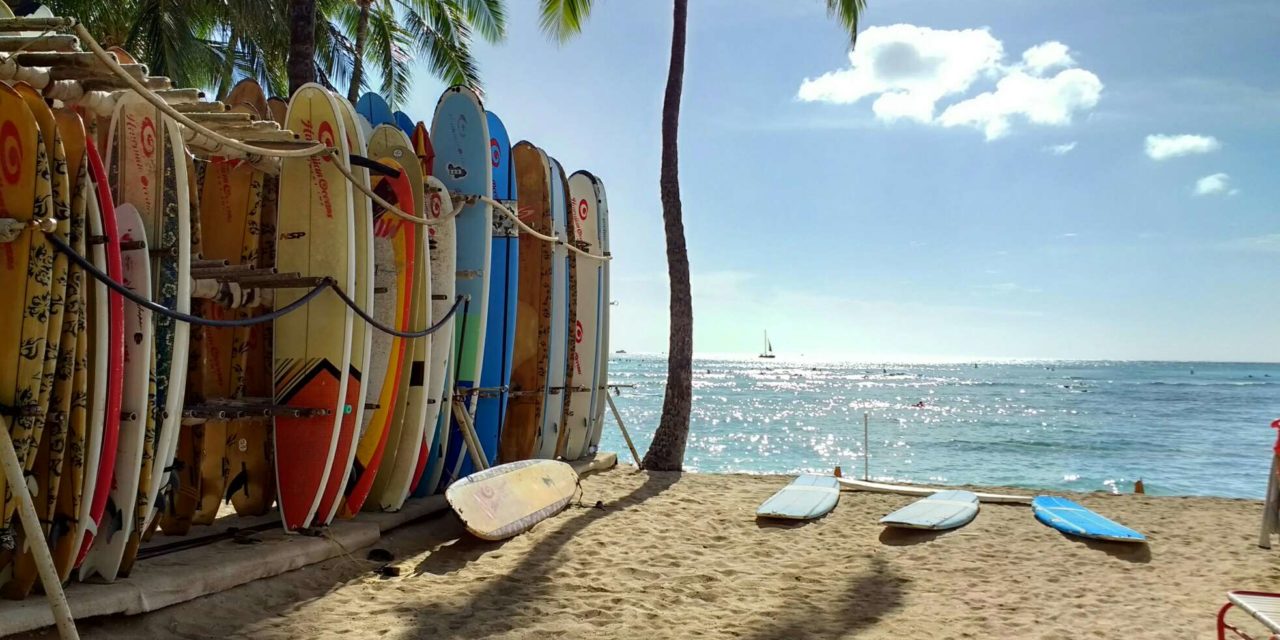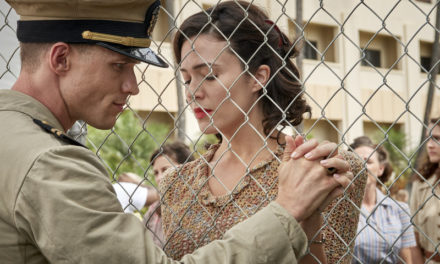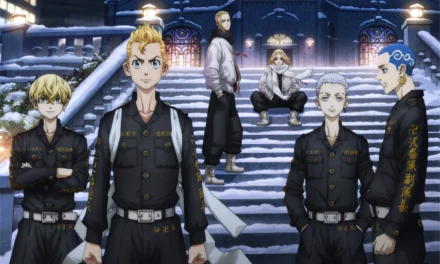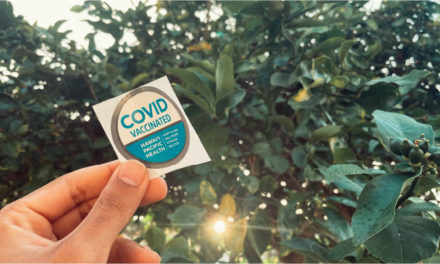BY CHRIS TAKAHASHI | STAFF WRITER
Surfing is practically synonymous with the culture of Hawaiʻi. After all, Hawai‘i is arguably the birthplace of the sport, and a royal sport to boot in which kings and queens shared gently rolling waves at places like Waikīkī on wooden plank boards made from koa trees. Duke Kahanamoku, whose statue is enshrined at Waikīkī Beach, became the modern-day ambassador of surfing, introducing the sport to places like California and Australia.
Surfing took off globally in the 20th century, and the surf industry is now collectively a multi-billion dollar industry. Professional surfers can make a comfortable living chasing the best waves and swells across the globe.
All of this history gives Hawai‘i an enlightened status in the surfing world. To travel to and surf the waves of Hawai‘i is a de facto rite of passage for any reputable and traveling surfer. As an island chain in the middle of the Pacific, Hawai‘i receives consistent swells year-round and legendary surf spots dot each island.
Likewise, as the birthplace of the sport, Hawai‘i also features many of the best beginner-friendly waves in the world. The claim that more people have learned to surf in the waters of Hawai‘i is probably more accurate than not. Warm water and gentle, predictable waves along the south shore of O‘ahu make this side of the island truly the beginner surfer’s paradise.
Here’s everything you need to know if you’re looking to learn to surf while you’re living on Oahu. The rest of this article is formatted as an unofficial learn to surf “how to” guide.
Picking the right instructor: This is probably the most critical variable for anyone looking to venture into the waves with a surfboard. If you have a friend who surfs and is willing to teach, consider yourself lucky. Depending on how skilled your friend may be, the knowledge about the ocean he or she will share with you will be invaluable. Many of the best tips or pieces of advice may only be intuitive or instinctual to the seasoned surfer. For example, you never want to turn your back to the ocean and additionally, you never want to have a board turned sideways or perpendicular to an incoming and breaking wave. Proper placement while laying on the surfboard – not too far forward and not too far back – will help keep your board in the “sweet spot” and gliding along.
A good teacher should also explain basic ocean terminology and point out what to look for: channels to paddle out to the break; currents that can silently drift you and your board out of position; and the general surf conditions, i.e. size and consistency, that will make your surfing experience either wildly enjoyable or downright terrifying.
If you don’t have a friend to teach you, I wouldn’t necessarily advise paddling out on your own for the first time. You will most likely struggle mightily, waste energy, and probably never find yourself in a suitable position to catch a wave. In this case, find a surf school such as Hawaiian Surf Adventures or ask one of the Beach Boys at Waikīkī Beach. They will teach you all the basics of surfing, ocean safety and ensure that you catch a gentle, rolling wave. With a little bit of balance and a “can-do” attitude, you’re almost guaranteed to stand up and ride your first wave. Surfers call this thrilling feeling the “stoke” and once you experience it, you might be hooked for life.
This is my only warning about learning to surf; it may consume the rest of your life’s preoccupations.
Picking the right surfboard: If you are with an experienced friend or surf instructor, you’ll probably be riding a long (9-foot +) surfboard, either fiberglass or soft-top, and in waves suitable for learning. A soft-top board is definitely safer but is compromised on performance. But, when you are first learning, performance surfing should be the last thing on your mind.
As an aside, fiberglass (hard) surfboards are more prone to damage, such as dings and nicks, or can completely fracture, a la broken surfboard.
I once took a friend who was just learning to surf out in larger surf alongside Pismo Pier in central California. He followed me through the ever-fleeting channel next to the pier that doubled as a rip current to the lineup – the pack of surfers outside the breaking waves. I made it to the lineup but he did not. When I returned to shore after catching a wave I saw my friend with a glum look on his face.
The board he had borrowed from me – my prized, yellow Becker longboard – hadn’t been so lucky making it through the surf. My friend had ducked under a wave, only to lose grip of the surfboard, which then smashed against a pier piling. The board wasn’t quite broken or snapped, but it was bent at about a 45-degree angle. The damage was done and so was the board. I forgave my friend who was evidently contrite, but I still miss that board.
It’s important to never become too attached to any surfboard. The longer you surf, and particularly as you begin to surf waves of consequence, the more likely you’ll start to rack up a collection of broken, snapped, and buckled surfboards. It’s the nature of the game.
Picking the right spot: Waikīkī is chock-full of good learning spots, and many of the inside breaks of more “intermediate-advanced” spots have small waves good for learning. Surf schools often will take you to these more tucked-away locations. At Waikīkī Beach behind the Duke statue lie two surf spots that are renown for learning: Queens and Canoes. Technically it is Baby Queens (inside Queens) that is filled with beginner surfers while Canoes is more of a free-for-all, with intermediate surfers, outrigger canoes, and plenty of beginners crowding the water. Unless the swell is up, Canoes is a very user-friendly wave for beginners.
It’s also where I caught my first wave when I was about 8 years old, sharing an 11-foot board with my cousin Blake. I still remember that first wave and the sudden acceleration as the wave propelled us along almost turquoise-blue water. After that, I was hooked. Nobody warned me that this would be a lifelong pursuit, but for that I’m forever grateful.
Once you have the right instructor, right surfboard, and select the right surf spot, it’s time to go out and enjoy yourself. There’s no feeling quite like riding a wave.
As actress Sandra Dee (Gidget) said in the 1959 flick entitled “Gidget”, “Surfing is out of this world. You can’t imagine the thrill of shooting the curl. It positively surpasses every living emotion I’ve ever had.”






